Unplug 6 Devices to Reduce Electricity Bill Costs
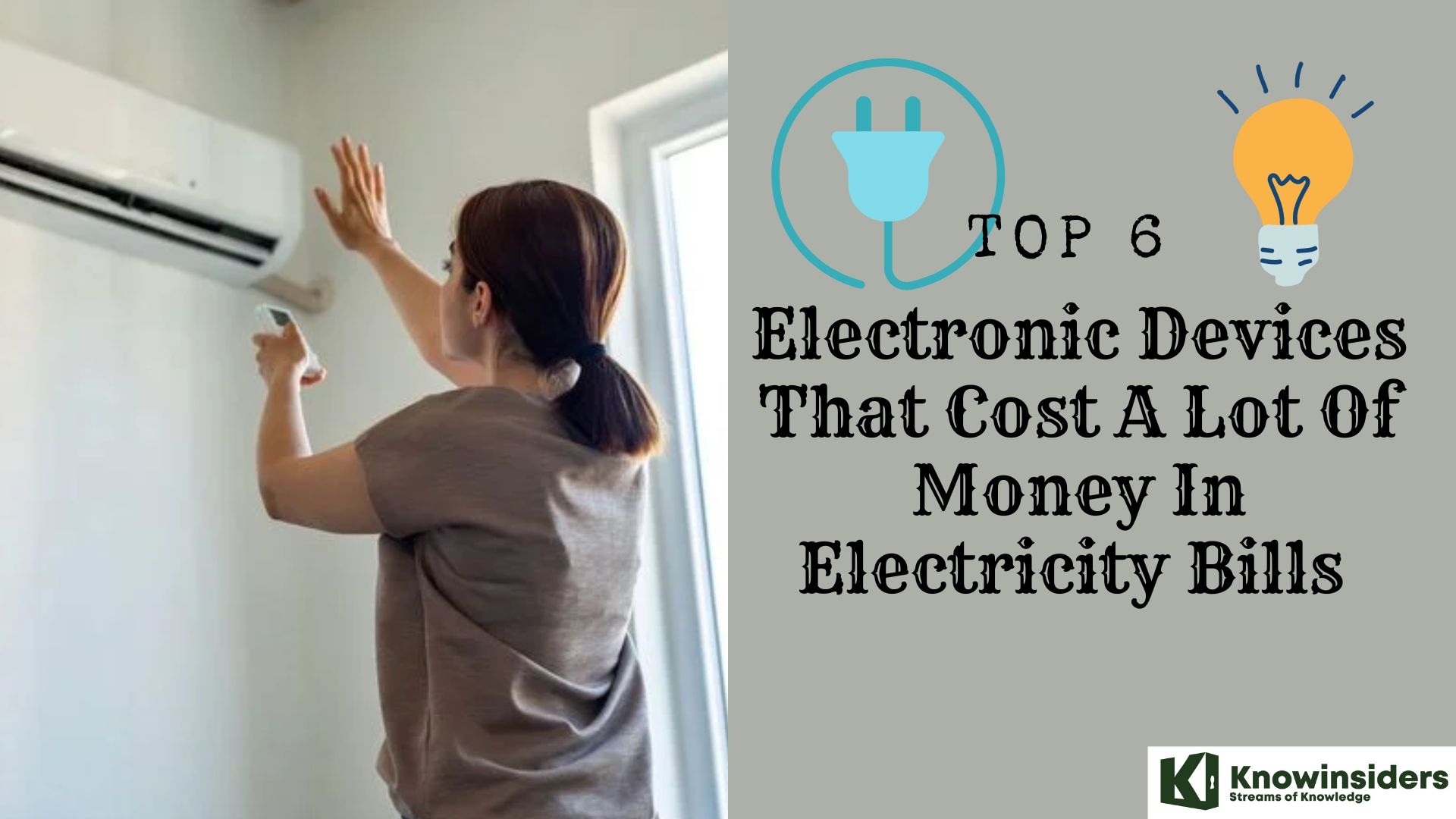 |
| Top 6 Electronic Devices That Cost A Lot Of Money In Electricity Bills Knowinsiders.com |
| Table Of Content |
These days, we’d be lost without our appliances and electronic devices. The idea of living without heating, lighting, computers, and game consoles is nearly unbearable, but none of these things are free. Every month, when that power bill comes around, you realize just how much electricity you use to keep comfortable and entertained.
When you get your electricity bill, you may wonder why it’s so high. Sometimes it has to do with the amount you pay for electricity, especially if you’re on a variable-price plan and the price increases. It also has to do with the appliances you use and how much you use them. After all, if you use more electricity from one month to the next, you’re going to pay more, maybe even in cases where your electricity price falls.
That’s because your bill is based on the amount of electricity you use and how often you use it. Kilowatt-hours, or kWh, are the basic unit of electric energy for which most customers are charged. Customers are usually charged for electricity in cents per kilowatt-hour.
Here are some electronic devices that will cost you a lot of money in your electricity bills.
Reasons Your Electric Bill is So High
Are you the type of person who dreads receiving your electricity bill every month? It can be daunting to maintain a budget when you’re not sure how much your utilities will cost each month. While it’s usually easy to blame your provider for hiking up rates, your bill is actually much more likely to be high because of your usage. To help you start saving money, we’ve identified a few of the culprits behind high household power usage and reminders for how to lower your rate of use.
1. Letting Vampire Appliances Bleed You Dry
One of the main reasons your electric bill may be high is that you leave your appliances or electronics plugged in whether you’re using them or not. While that might not have been such a problem years ago, most modern appliances and gadgets draw electricity when turned off. This is mostly because much of modern technology never really powers down. When you press the “Power” button on your DVR, computer, or television, it actually transitions to a standby mode so it can be turned back on faster, either for continued use or to carry out a scheduled task like recording a TV show or brewing a pot of coffee.
The problem is, these devices are sitting idle, sucking electricity out of your home while waiting for a command from you, or waiting for a scheduled task to run. Anything with a clock, such as microwave ovens and coffee makers — and even older technologies, like VCRs — need the power to keep time while turned off.
Solution:
You can start saving energy by connecting devices to power strips and turning off the power strips when you’re not using them. That way off will really mean off as you’ve effectively disconnected the device from the power source. Check out how these devices rank in terms of energy usage.
2. Feeding Energy Hog Appliances
Big appliances, like dishwashers, clothes washers, and clothes dryers have insatiable appetites for electricity, and using them too often can drive your electricity bill way up. In fact, the average American family does almost 400 loads of laundry a year and uses almost 40 gallons of water for a full load. However, many of those “loads” may not actually be using the appliance to its fullest capacity.
Solution:
For your dishwasher, make sure that you fill it to capacity before you run it, choose an appropriate wash cycle, and change the drying setting to use no or low heat. For clothes washers and dryers, try having only one laundry day each week, fill your loads to capacity and select low heat for drying.
3. Misusing Lights and Ceiling Fans
When it comes to lighting, many people make the mistake of using lights to affect the brightness of an entire room, which can contribute to high electric bills. However, lighting is efficient only when used directly to provide light to specific areas of a room, such as couches, chairs, kitchen tables, and workspaces. Full room ceiling lights are much less effective than individual lamps for providing the light you need. You’ll also pay more on your electric bill if you keep lights on when nobody’s using them.
Ceiling fans only affect the temperature of the room in which they’re installed, so it doesn’t make sense to leave a ceiling fan on if nobody’s in the room. Additionally, ceiling fans have a toggle switch that allows the blades to switch direction for optimal efficiency based on the season.
Solution:
Use lighting only for specific areas that are occupied and make sure to turn off lights when those areas are no longer in use. Change out inefficient incandescent light bulbs for energy-efficient CFL bulbs to save money when the lights are on. Turn your ceiling fans off when nobody’s in the room and be sure to set the toggle switch so that the blades run counter-clockwise during the summer and clockwise during the winter to circulate air more efficiently.
4. Using Appliances Past Their Prime
Using old appliances is probably one of the bigger reasons why you’re paying more on your electric bill. The fact is old appliances simply use more energy than new energy-efficient models. That old-fashioned refrigerator or oven might be cute and trendy in your retro kitchen, but they also drive your electric bill through the roof. Even your dishwasher, washing machine, and dryer that was built in the 1990s are sucking you dry, as Energy Star didn’t begin rating those appliances until after 1997.
Solution:
This one’s easy. Upgrade your appliances with new energy-efficient models. A new energy-efficient refrigerator, for example, uses about four times less electricity than an older model. You can even get a new model with a retro design to keep your kitchen trendy.
5. Device-Charging Frenzy
Look around your home at all the technology that uses chargers: cell phones, MP3 players, iPads and tablet PCs, electric razors, electric toothbrushes, laptops, portable game systems, and a whole slew of similar devices. The more tech- and gadget-oriented you are, the more likely you are to have these devices plugged in and sucking energy from your home — and the more likely you are to pay an expensive electric bill because of them.
Solution:
Unplug AC adapters and chargers from sockets when not actively charging a device, as they’ll pull electricity simply from being plugged in. Also, make sure to only charge your devices when they need it. Unnecessary charging not only costs money, but it can also shorten your gadget’s battery life.
So, the next time your electric bill sends you into a wave of budgetary panic, consider the source before calling out your energy provider. Chances are, you have a thing or two to change about your household energy consumption.
High Electricity Bills? These Appliances Cost the Most Money to Run
| Appliance | Typical Consumption Per Hour | Cost Per Hour (at 10 cents per kilowatt-hour) |
| Central air conditioner/heat pump | 15,000 watts | $1.50 |
| Clothes dryer/water heater | 4,000 watts | 40 cents |
| Water pump | 3,000 watts | 30 cents |
| Space heater | 1,500 watts | 15 cents |
| Hair dryer | 1,200 watts | 12 cents |
| Electric range burner | 1,000 watts | 10 cents |
| Refrigerator | 1,000 watts | 10 cents |
| Desktop computer and monitor | 400 watts | 4 cents |
| Incandescent light bulb | 60 watts | 0.6 cents |
Top 6 Electronic Devices That Cost A Lot Of Money In Electricity Bills
1. Air Heating and Cooling
 |
| Photo: Armstrongair.com |
If your house has electric heat, you’ll see a big spike on your electricity bill in the middle of winter when you use a lot of power. If you have a heat pump and use it a lot, you may run it somewhere between 10 and 15 hours a day. If your electricity costs 10 cents an hour, that could cost you $15 to $22 a day. The same applies to homes with central air conditioning in the middle of summer.
If air conditioning and heating account for over 40% of your electric usage, heating hot water adds another 14%. The only trick is not to waste water. Have showers rather than baths and use a dishwasher instead of washing up by hand.
To save money, install a programmable thermostat and set it back at least 10 degrees for eight hours a day. Doing so can save you 10 percent on your energy costs every year, according to the U.S. Department of Energy.
2. Refrigerators
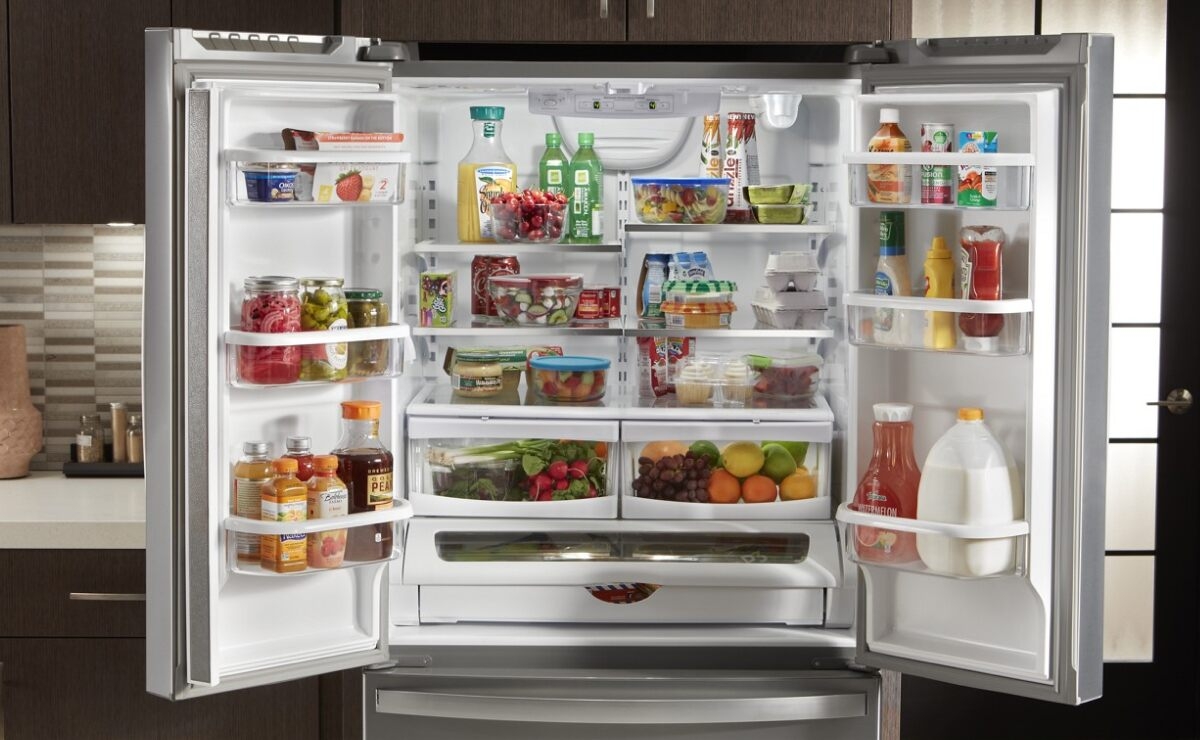 |
| Photo: Whirlpool |
In the 20th century, it was fairly easy to make a ballpark estimate of refrigerator energy consumption because refrigerators weren't changing much from year to year. But refrigerator energy efficiency has progressed rapidly in the last two decades, and most of today's models use 25 percent or less of the energy consumed by the refrigerators of the 1970s.
Since refrigerators can sometimes keep running for decades themselves, there are all sorts of fridges in today's kitchens — from ancient energy hogs to modern marvels of efficiency. So, if you're curious about how much you're spending in refrigerator electricity usage, one of the biggest clues is its manufacturing date. You can use ENERGY STAR's Flip Your Fridge calculator to quickly estimate how much you might be able to save by replacing your refrigerator with a modern ENERGY STAR refrigerator. All you need to know is your refrigerator's approximate model year and size, plus your electricity retailer's kWh rate (look on your monthly bill).
By way of example, if you have a fridge with a top freezer from the 1980s with a capacity of 19.0-21.4 cubic feet, it's likely to use around 2,000 kWH per year. If you pay $.10 for electricity per kWh, that means the aging refrigerator is costing you about $.55 per day, $16.67 per month, and $200 per year.
A modern-era Energy Star-rated fridge, by comparison, might only use 350 kWh annually. At the same $.10 per kWh price, that's around $.10 a day, $2.9 per month and $35 per year, meaning that you're looking at annual savings of $165 by jettisoning the old refrigerator in favor of a new one.
How to Estimate Your Refrigerator's Annual Electricity Cost
If you ever find yourself wondering "exactly how much electricity does my fridge use?", you can figure it out as well as your monthly costs if you determine your refrigerator power consumption in watts. Since 1980, appliance manufacturers have been required to participate in the Energy Guide program. Those black and yellow labels you see on every appliance sold at retail stores are designed to make it easy for shoppers to estimate electrical consumption costs before they decide what to buy.
If you saved all the original documentation that came with your refrigerator, you may still have the Energy Guide label. If not, find your refrigerator's model number by looking for a label on the back or behind the kickplate on the lower front. Once you have the model number, you may be able to look up the Energy Guide information on the manufacturer's website or obtain it by contacting their customer service department.
The most important thing the Energy Guide label will tell you is the estimated annual electricity use in kilowatt hours, or kWh. The label will also give you an estimated yearly operating cost, but this figure is based on the national average electricity rate. You'll get a better estimate by checking your exact electricity rate on your bill and multiplying it by the kWh total you find on the Energy Guide label. To see your estimated monthly cost, just divide by 12. Refrigerator power consumption should show very little variance month-by-month, since they run 24 hours per day.
3. Air conditioners
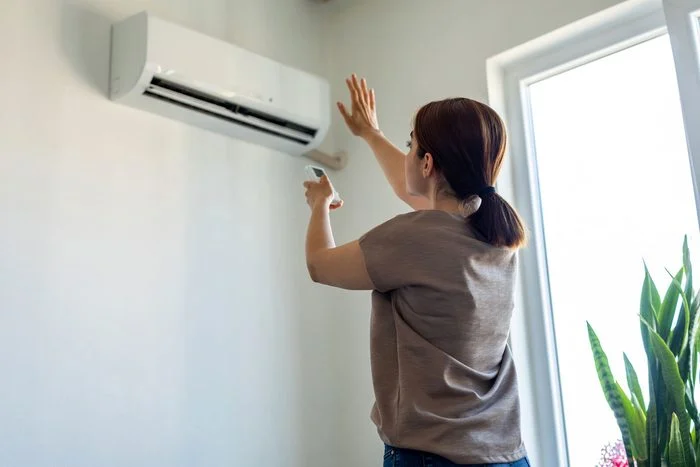 |
| Photo: Getty Images |
In most homes, air conditioners are a must-have piece of equipment. In the summer, they pump cold air around the house to keep it at a reasonable temperature. Understanding how much electricity air conditioners use is important to figure out how much you can budget for your energy plan.
Some homes have one air conditioner, but many two-story homes have two AC units which can increase the electricity usage. Electricity usage can vary depending on different factors. On average, a home air conditioner can use about 3,000 watts of electricity an hour. If you have it on all day, that's 72,000 watts of electricity a day! However, running it on the 'fan-only' mode will only consume about 750 watts an hour.
Portable air conditioners can use up to 4,100 watts, and window AC units can use up to 1,440 watts for large models, 900 watts for medium, and 500 watts for smaller models. Air conditioner manufacturers print information on the label to help you determine how much electricity usage you can expect. Most air conditioners (depending on season and location) run an average of 1,600 hours annually, or 132 hours a month.
On average, an air conditioner costs between $0.06 and $0.88 per hour to use. Let's see how much air conditioning costs every month (assuming it runs for 8 hours per day). The cheapest option is $14.40 per month and $211.20 per month on the high end. With these figures, the annual cost would be between $172.80 and $2534.40.
To get a general idea of your daily energy costs, multiply the wattage by the number of hours of energy consumption. For example, if the air conditioner consumes between 3,000 and 5,000 watts and runs for nine hours each day at a cost per kilowatt of $0.10, the daily cost ranges from $2.70 to $4.50.
Several factors can increase the cost of air conditioners and the amount of electricity expended. The size of the unit and the amount of space they need to cool will significantly affect the numbers. A 1,600 square foot house with a single unit will use much less energy than a 3,000 square foot home.
Another factor to consider is the energy efficiency of the unit. The EER (energy efficiency ratio) and SEER (seasonal energy efficiency ratio) can change the energy expended to run the machine. Units with higher EER and SEER will use dramatically less electricity than units with lower numbers.
People who use fans in conjunction with the air conditioning units can lower the electricity used. Keeping the units well maintained can also reduce the energy expenditure, as can changing out AC filters regularly and outdoor coils. Furthermore, reducing the amount of outside air that can get into the house and increasing fan usage will reduce costs. A few other methods can help, too, such as keeping the air at a steady rate, reducing airflow path blockages, and heat-producing objects.
4. Light Bulbs
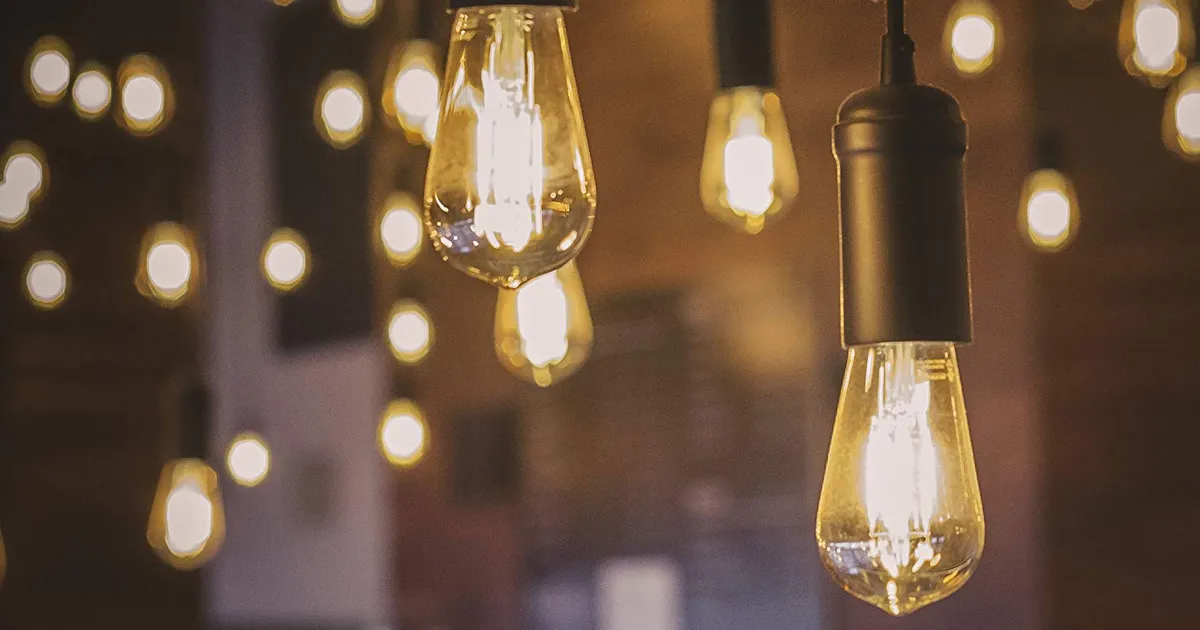 |
| Photo: Getty Images |
Most of us leave lights on in our house at times when we aren’t even using them and never really think of the impact that it has on our bank account or our planet. Because of this, we decided to create an infographic showing how much it would cost to power a 100-watt lightbulb for an entire year. For this infographic we are using an average cost of electricity per kWh of $0.11, and since a 100-watt lightbulb uses 0.1kWhs worth of electricity per hour, weve concluded that to power that lightbulb for 8,760 hours (1 year) it would cost $96.36. Just ONE lightbulb could cost you almost $100 per year.
Individual incandescent light bulbs don’t use that much electricity, comparatively speaking, but costs can add up quickly. Many light fixtures use more than one bulb and it’s easy to leave lights on throughout your house when you’re not using them. Ten light bulbs use 6 cents an hour. If you use those bulbs for 6 hours a day, it’ll cost you 36 cents a day or about $10 a month. That may not sound like a lot, but $120 a year for lights that you may not be using all the time does.
To save money, upgrade to energy-efficient CFLs or LEDs when your incandescent bulbs expire. And don’t forget to turn off the lights when you’re not using them.
Even if you feel like your electric company has all the control, you have the option to reduce your energy consumption and, therefore, lower your electric bill costs.
5. Television and media equipment
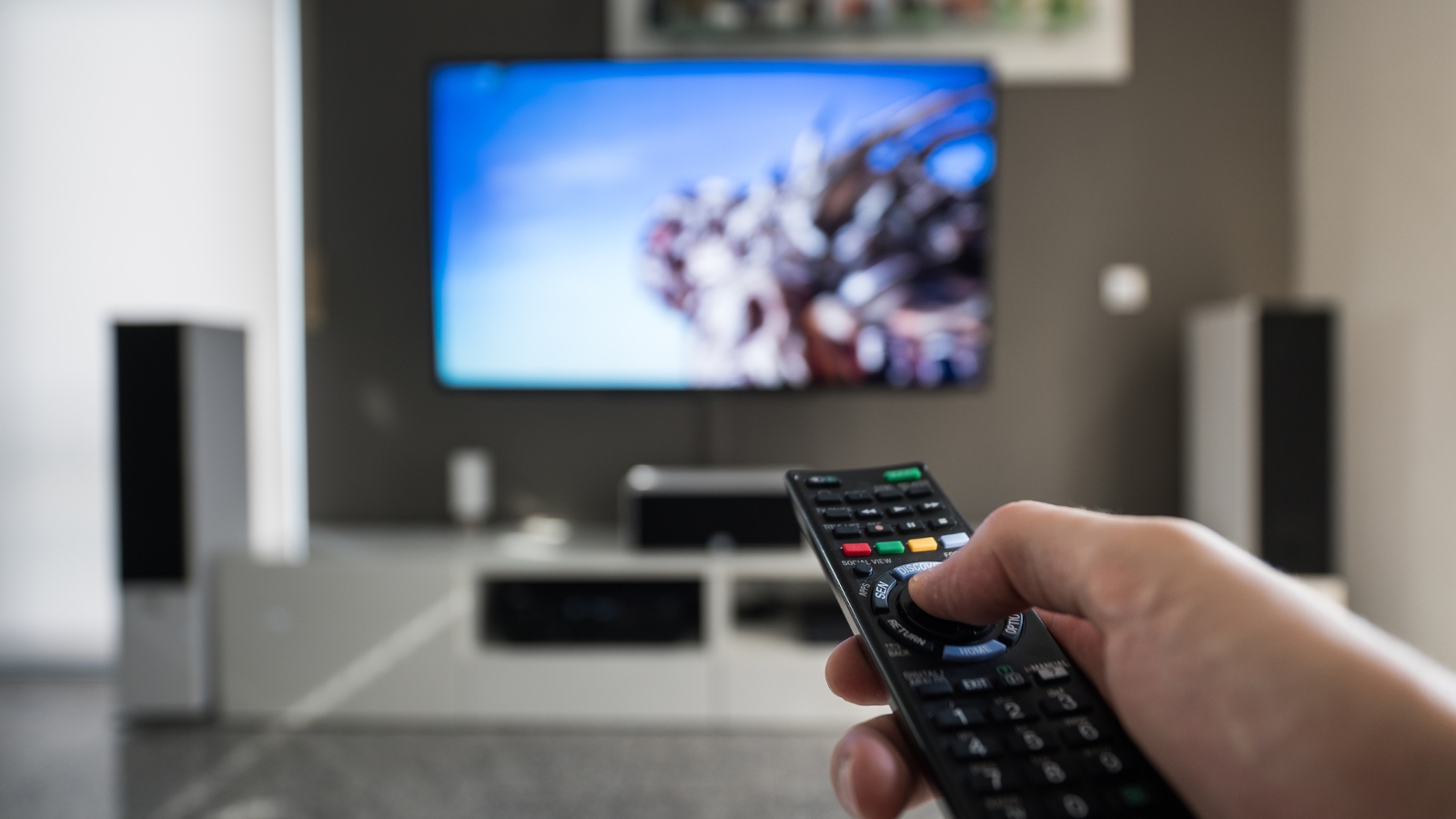 |
| Photo: Getty Images |
Watching television will generally cost between 16 cents and 30 cents for the standard model. Smaller and more energy-efficient TVs will cost a bit less to run – between 7 cents and 18 cents per hour. Meanwhile larger or less efficient televisions can cost considerably more, between 43 cents and 76 cents to run.
As a general rule of thumb, each additional star on a TVs energy rating represents a 20% increase in efficiency. In fact, as the table above illustrates, a television with an energy efficiency rating of only 2 stars will cost twice as much to run than a similar TV with a 5 star energy efficiency score. You may think that a difference of a few cents is no big deal, but if you’re somewhat of a television enthusiast then the costs will certainly add up. That’s why when you’re shopping for a new TV, it’s important to look at both the tag price and its energy efficiency rating.
A TV in standby mode costs around 0.02c to 0.1c per hour, which is not nearly as much as some other appliances. This will again vary depending on the model of the television and the rate you’re paying for electricity. You can check the standby wattage in the TV manual or on the label attached to the cord, but generally speaking, leaving your television on standby won’t blow out the budget. Be sure to check out our article on standby electricity for a closer look at how it is adding to your power bill.
The current generation of electronics is frugal in its energy needs and probably doesn’t use more than 1% of your electric consumption, so if you have a modern TV, you won’t have to worry much. If you’re going out for the entire day or away for a weekend, consider turning it off at the wall to conserve energy.
6. “Vampire” power
Just because a device is off doesn’t mean it is not drawing power. Unplug or use power strips with on/off switches to make certain they don’t draw power when you’re not actively using them.
No one wants to do without electricity, but you should be aware of what appliances use the most energy and be mindful about how you use them. We have become far too used to just turning things on and forgetting about them. Electric power is a resource and shouldn’t be wasted, both for the sake of your bank account and the environment.
If you’re trying to reduce your energy consumption to do your part for the environment, you’ll love being an Inspire member. Our 100% clean energy plans ensure you don’t use electricity from sources that harm the environment, and we offer you smart tools to help you reduce your consumption, all for a customized fixed monthly bill.
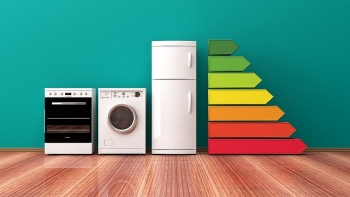 How to Save Electricity at Home How to Save Electricity at Home Electricity consumption is one of our biggest environmental concerns, and for good reason. Saving electricity at home can not only help reduce our household need ... |
 How to Take Screenshot on Surface Pro Devices: Top 7 Simple Ways How to Take Screenshot on Surface Pro Devices: Top 7 Simple Ways Do you want to take a screenshot of your Surface Pro screen and share it with friends? Check out 7 simple methods right below! |
 Simple Ways to Log Out of Netflix on All Devices Simple Ways to Log Out of Netflix on All Devices To learn how to sign out of Netflix on all devices, including TV, computer, smartphone and more. |
 Simple Ways to Convert Keynote File to Video on iPhone, iPad, and Mac - A Complete Guide Simple Ways to Convert Keynote File to Video on iPhone, iPad, and Mac - A Complete Guide Keynote is Apple’s presentation tool that Users can create slideshows including images, text, and charts, and they can select themes, fonts, styles, transitions, and animation ... |























